Biome Basics: Home Biome
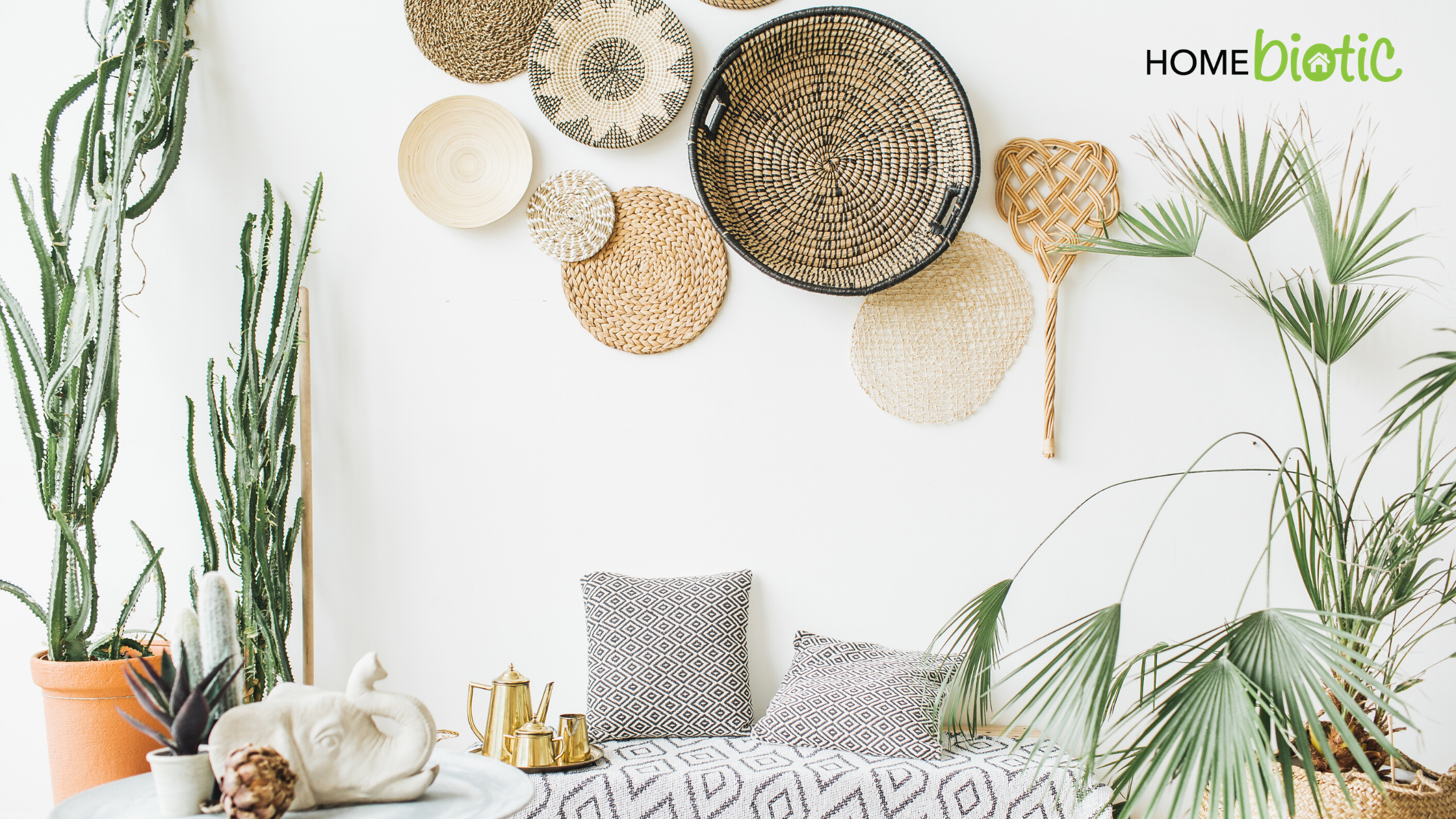
We talk a lot about home biomes, but what exactly is a home biome? A biome, more specifically a microbiome, is the community of living organisms concentrated in the same habitat. Almost everything has its own microbiome: your skin, your gut, your garden, and even your home. Biomes function optimally when the microbes within them are balanced – enough good bacteria to keep the bad bacteria in check. When home biomes become unbalanced they can manifest physically noticeable symptoms such as mold. Considering how much time we spend indoors, especially during the pandemic, something that should be considered is the health of our home biome. To make you a home biome expert we need to discuss what makes your home biome unhealthy, how to tell if your home biome is unbalanced and how to fix it.
 WHAT MAKES YOUR HOME BIOME UNHEALTHY?
WHAT MAKES YOUR HOME BIOME UNHEALTHY?
Modern cleaning standards and antibacterial cleaners make quick work of disrupting the home biome. Current socially dictated standards of cleanliness glorify the complete sanitization of the home, eliminating any and all present bacteria with chemical cleaners or bleach…or at least 99.99% of it. But what about that remaining .01%?
Unfortunately, the bacteria that survived were able to withstand all of the chemicals and are now resistant bacteria. Surrounded by the other dead bacterium, with no good bacteria to keep it in check, this particularly strong bacteria has the two things it needs to thrive: space and food (yes, it’s going to consume its fallen, brothers). This then becomes a regular part of the cleaning cycle, continually creating chemical-resistant strains of bacteria within your home biome.
This cycle can be seen when treating mold. Instinctively people will reach for the strongest chemicals they have on hand – bleach, ammonia, etc. Sadly, this typically exacerbates mold problems by creating chemical-resistant mold strains.
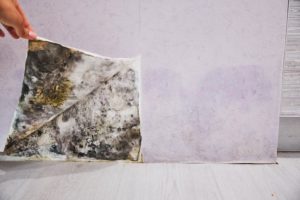 WHAT DO IMBALANCES LOOK LIKE IN THE HOME ENVIRONMENT?
WHAT DO IMBALANCES LOOK LIKE IN THE HOME ENVIRONMENT?
Keeping your eyes peeled for the symptoms of an unbalanced home biome can be the key to keeping your home biome healthy & your family safe. Visually obvious mold is an indication that your home biome has a serious imbalance. It shows that your home biome is lacking the good bacteria it needs to prevent bad bacteria overgrowths.
Prior to being able to see the physical manifestation of mold you might smell musty odors. These odors are stale, often wet smelling, commonly experienced in enclosed spaces such as cabinets or closets. These smells are often noticeable even if we are not able to actually see mold, but they are an excellent indicator that mold is forming. Bathrooms and kitchens are extremely susceptible to musty odors.
Prior to being able to see the physical manifestation of mold you might smell musty odors. These odors are stale, often wet smelling, commonly experienced in enclosed spaces such as cabinets or closets. These smells are often noticeable… Click To TweetGrime and black staining, commonly experienced in areas of excess moisture like window sills and showers, are also a symptom of an unbalanced home biome. While it can be next to impossible to prevent excess water in these areas, allowing water to accumulate and sit can create serious bacterial imbalances. So what can you do?
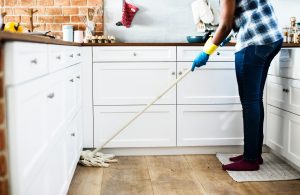
HOW CAN YOU FIX AN UNBALANCED HOME BIOME?
BE PROACTIVE – create a biome-friendly cleaning routine to keep the population of healthy bacteria in your home biome thriving. Creating air flow through your home whenever possible is a great way to bring the microbial benefits of the outdoors inside, giving your home biome the beneficial boost it needs!
ELIMINATE EXCESS MOISTURE – especially in the winter months, homes are extremely susceptible to moisture and standing water. This is a breeding ground for bad bacteria. Immediately wipe up any standing water that might accumulate on windowsills, shower stall frames, around potted plants, etc. Removing the moisture promptly reduces the risk of it causing a bacterial imbalance.
CHOOSE NATURAL CLEANERS – kiss the bleach and ammonia goodbye (not literally…please)! It’s time to break your favorite toxin-free cleaner – if you need a hand picking a cleaner, check our article on ‘Carcinogens Found in Cleaning Products’ to know what to watch out for on ingredient lists. Using Homebiotic Surface Cleaner with the Nano Sponge will give you a worry-free, chemical-free clean that gets rid of the grime while still maintaining your home’s healthy bacteria biome.
REBALANCE – once any sort of cleaning is completed it’s important to re-establish the population of good bacteria. Replenishing this population takes away one of the things bad bacteria need to survive: real estate. With all the space taken up by the probiotics, bad bacteria will fail to thrive – defending your home with the science of microbial competition. Of course, we recommend using our Homebiotic Probiotic Spray. Each spray contains millions of probiotic bacteria making it easy to protect and rebalance your home biome.
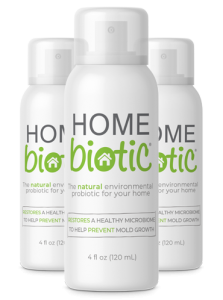

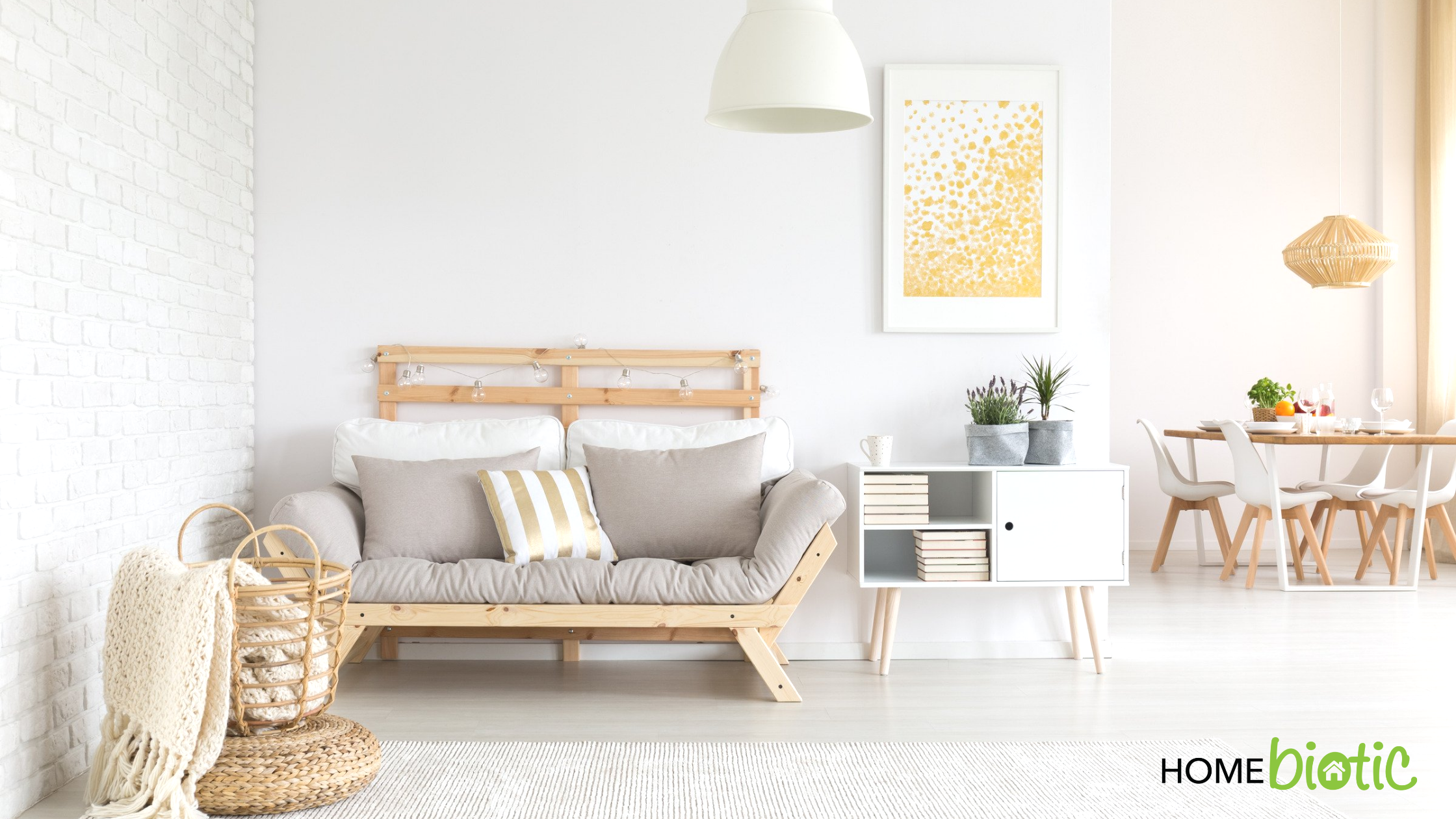

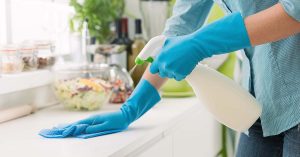 Choosing The Right Cleaning Supplies Will Decrease The Death of Healthy Microbes
Choosing The Right Cleaning Supplies Will Decrease The Death of Healthy Microbes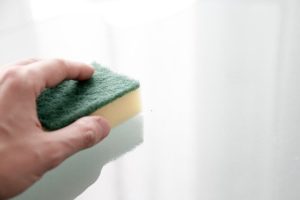 Less Cleaning Will Enhance The Growth & Health of Your Home Microbiome
Less Cleaning Will Enhance The Growth & Health of Your Home Microbiome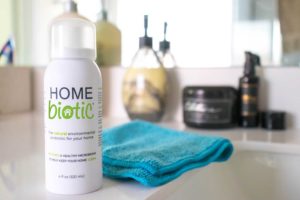 Adding More Soil-Based Microbes Acts Like a Probiotic
Adding More Soil-Based Microbes Acts Like a Probiotic

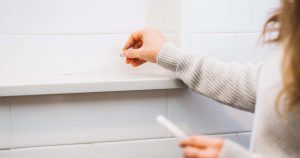 What Is Home Biome Testing?
What Is Home Biome Testing? What Is Environmental Dysbiosis?
What Is Environmental Dysbiosis?